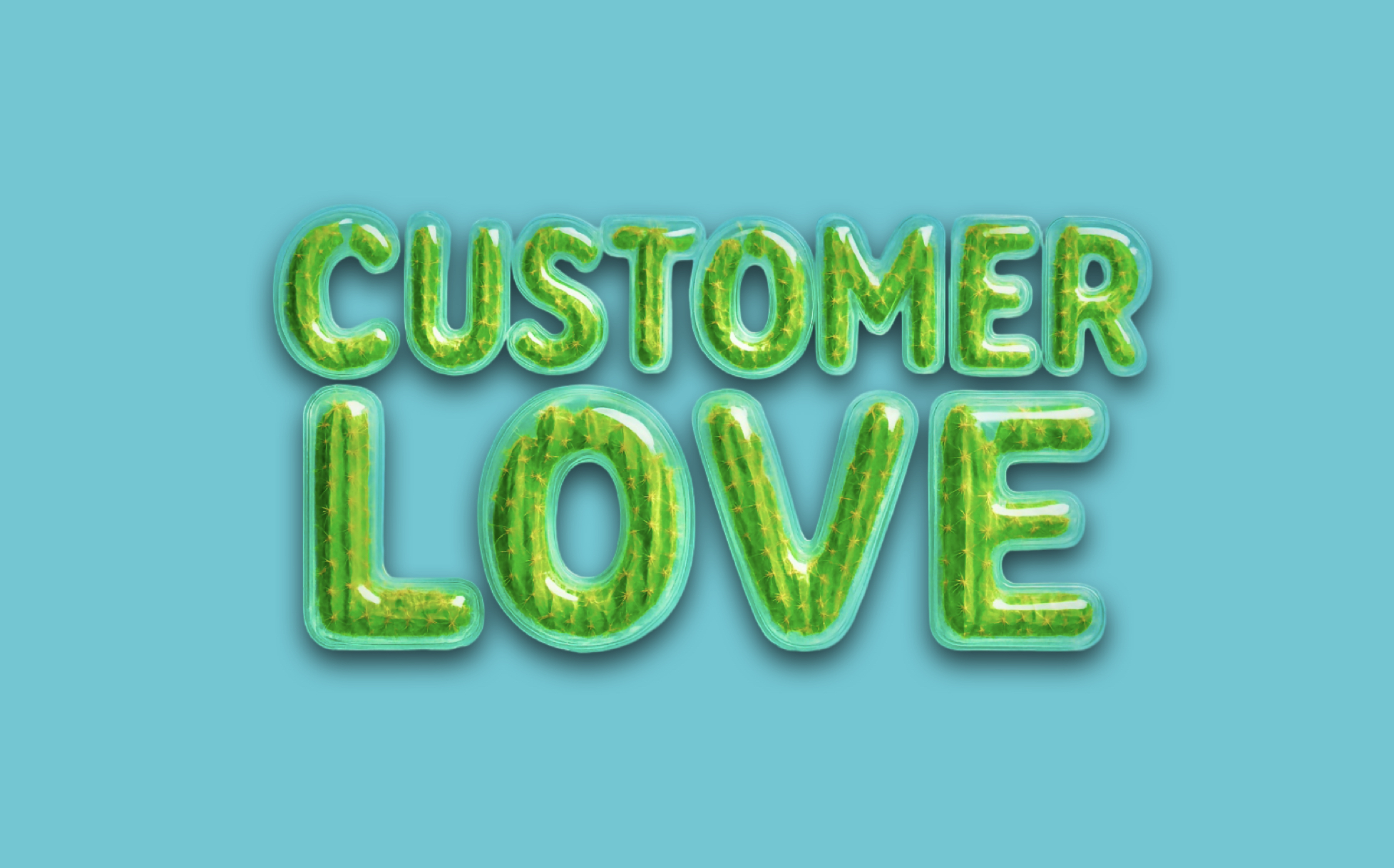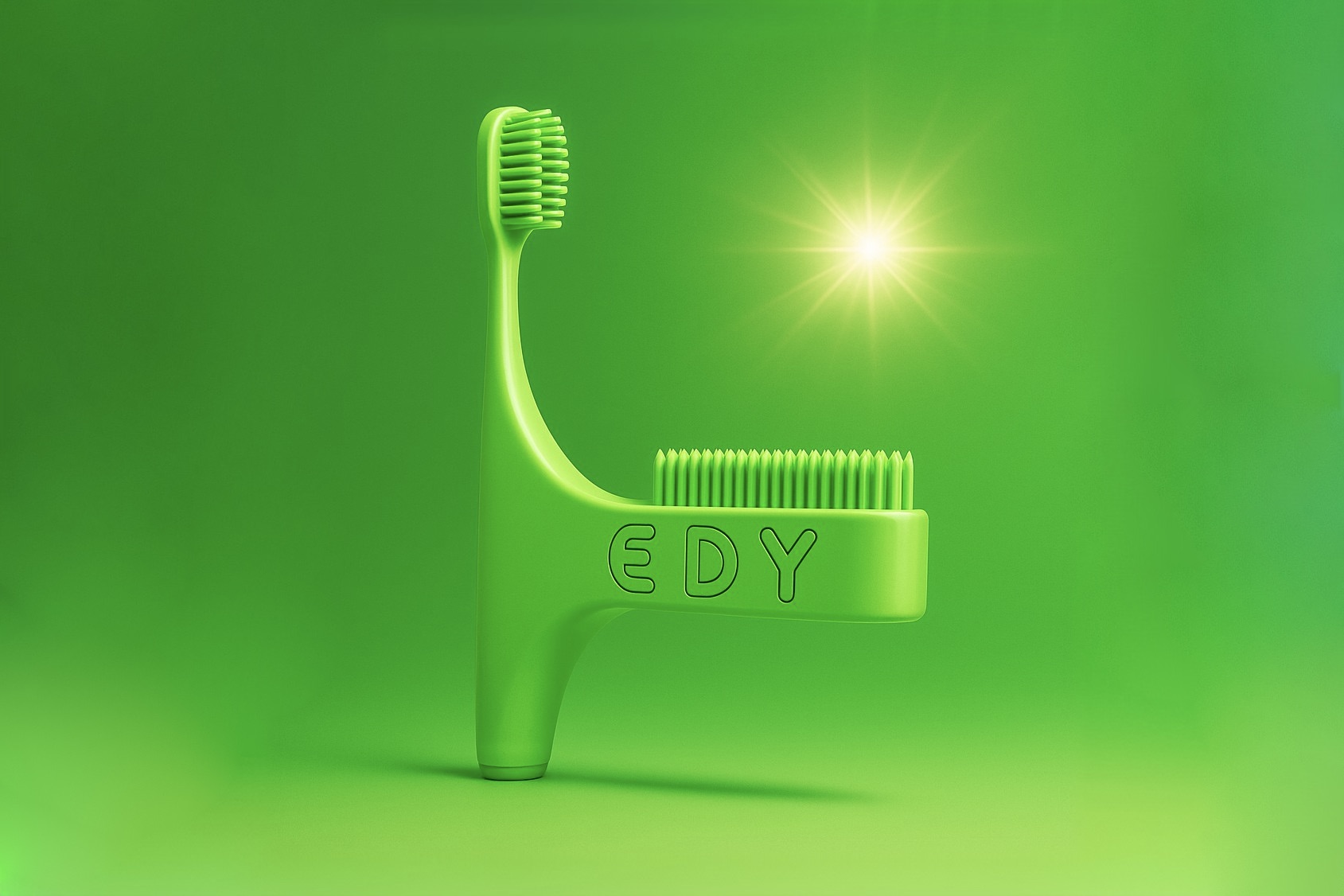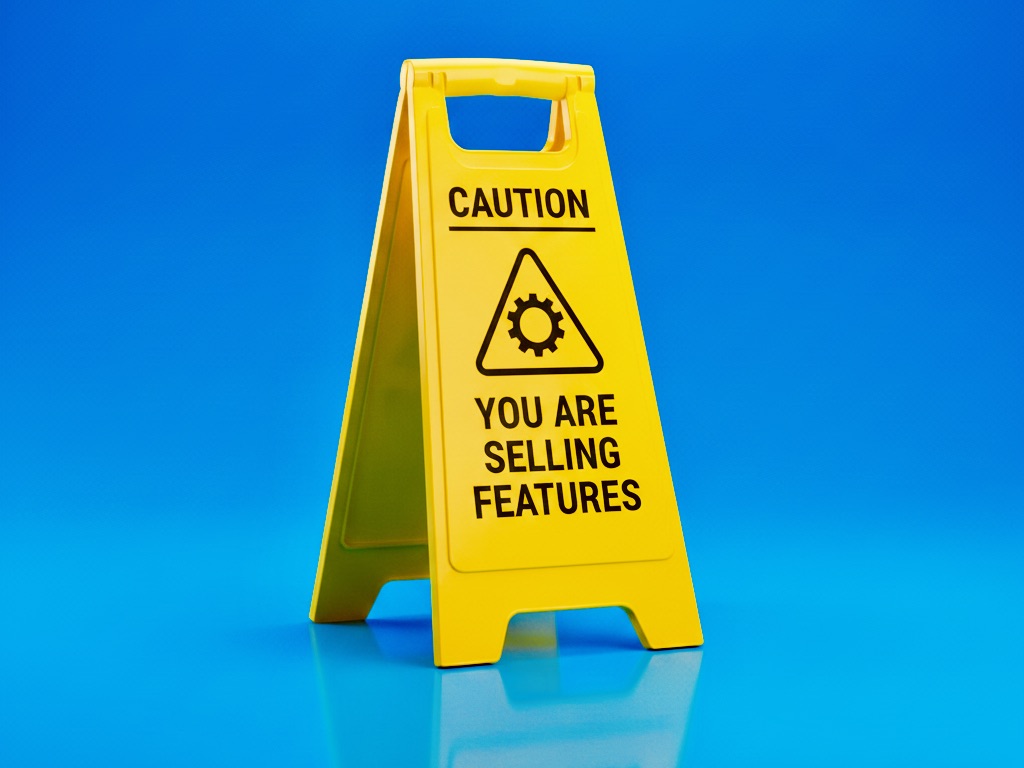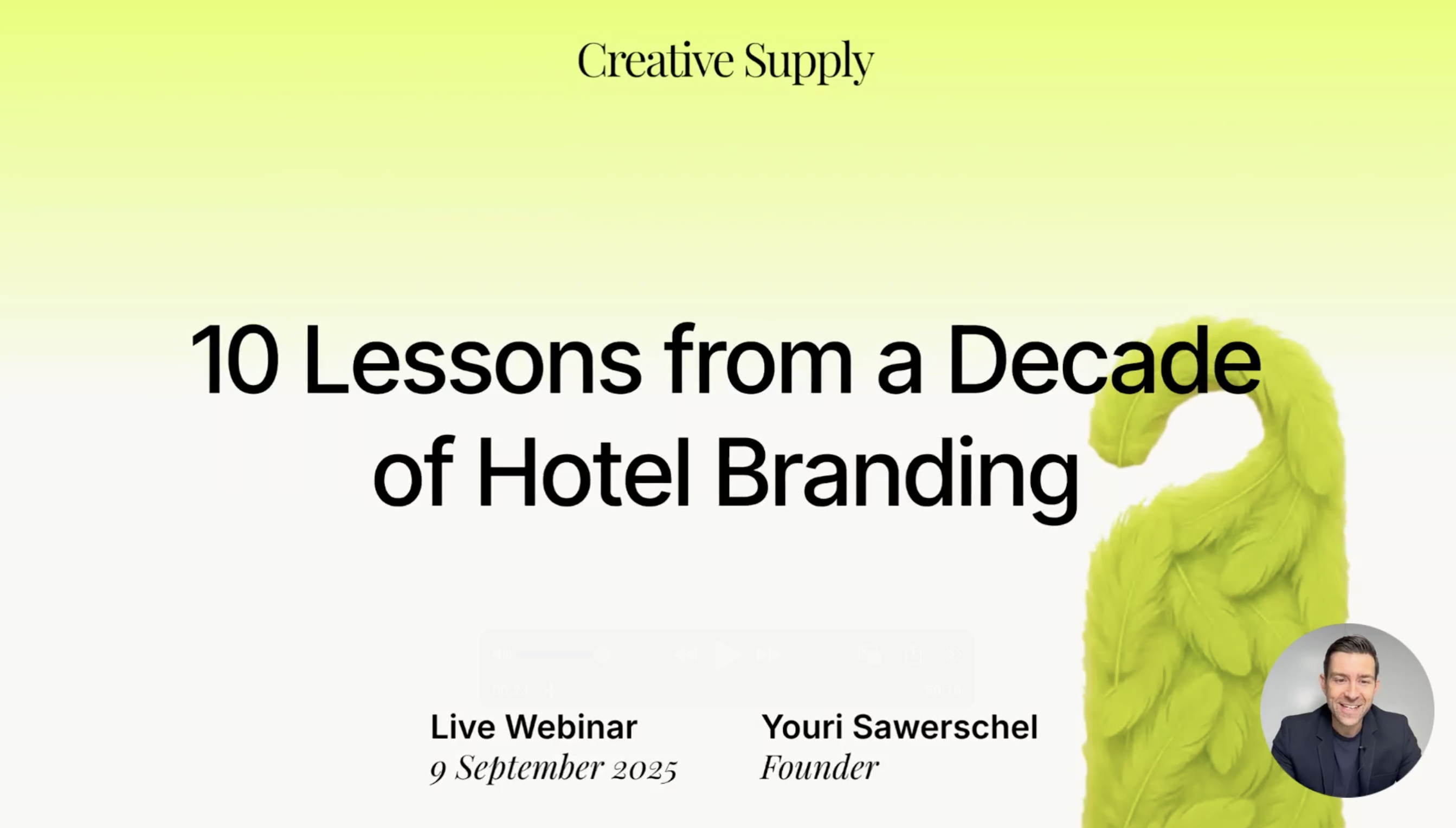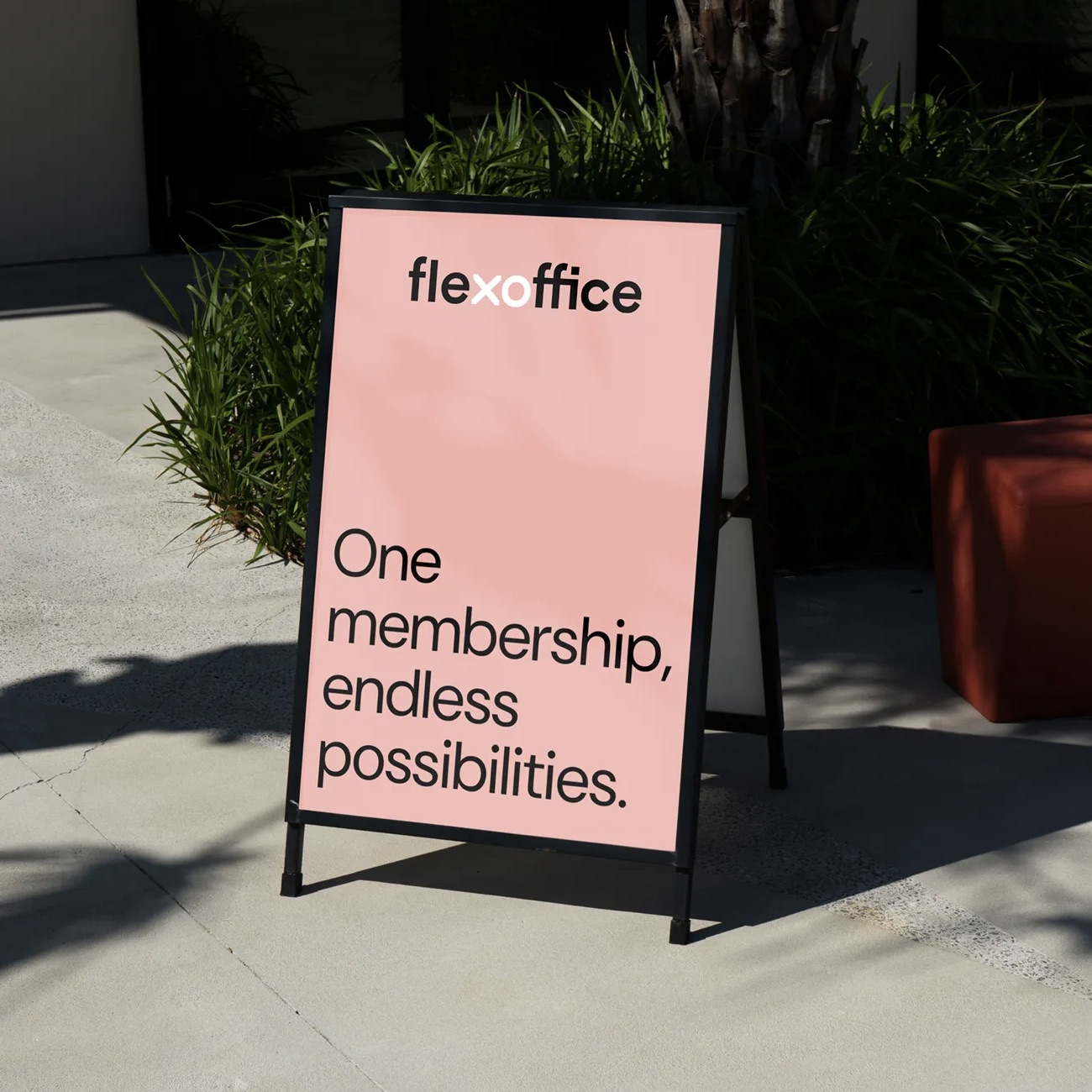How Great Brands Turn Features into Brand Assets
From Apple’s Retina screens to Nike’s Dri-FIT apparel, discover how the power of a name boosts the perceived value and notoriety of a product.

Perception Is Reality
If you own an Apple device — perhaps an iPad, iPhone or iMac — you’re probably familiar with the term "Retina screen". But could you tell its actual pixel density? Most people can’t. And yet, we instinctively associate "Retina" with superior visual clarity. In truth, the resolution on an iPhone is excellent, but not objectively better than that of high-end Samsung smartphones.
This is the genius of ingredient branding. Apple didn’t just sell a technical specification; it transformed a piece of engineering into a brand on its own by giving it a distinctive name. The feature became memorable, marketable, and part of Apple’s brand narrative.
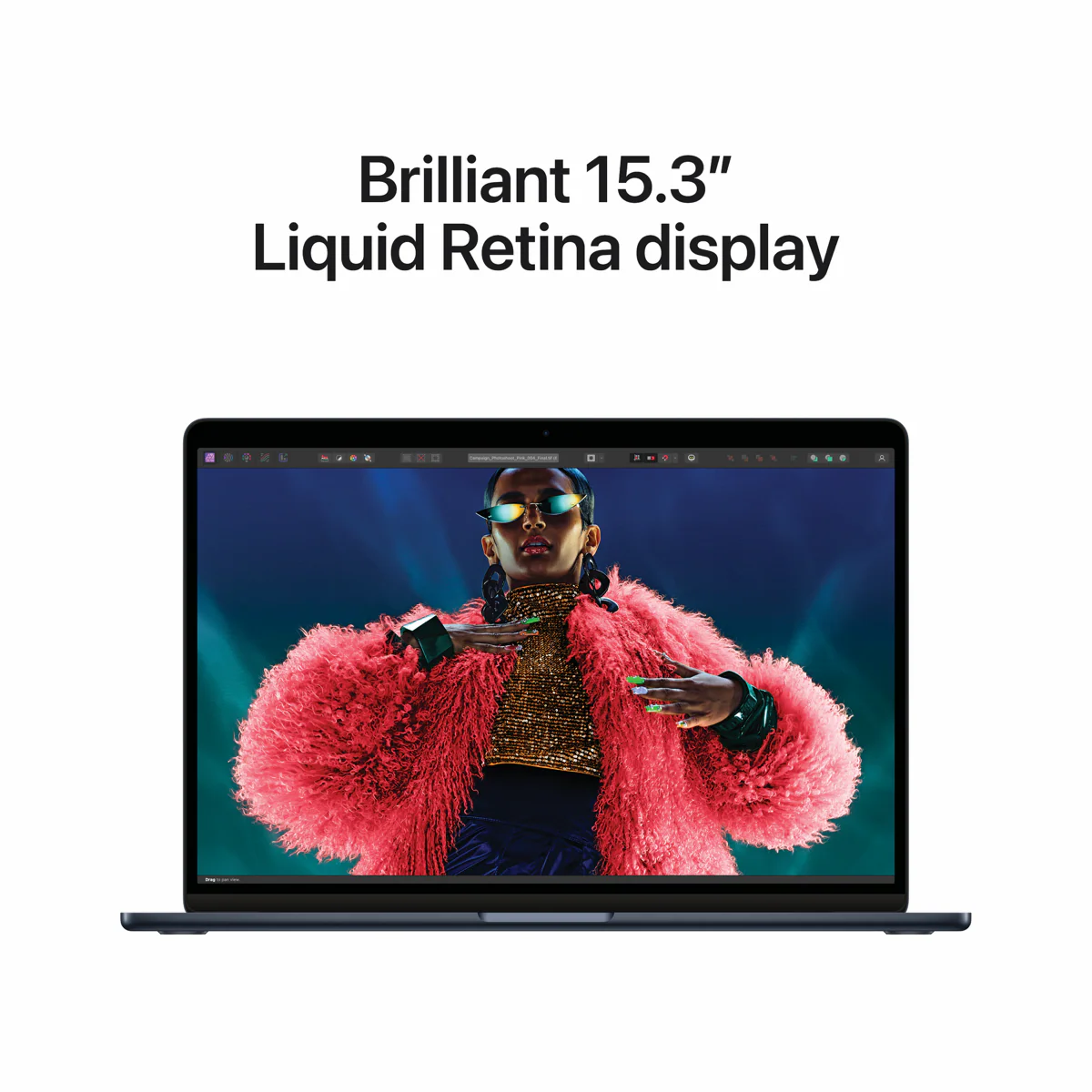
What's Ingredient Branding?
Naming a product feature gives it context, elevates perceived quality, and makes it instantly recognisable. Apple linked "Retina" to the precision of human vision, turning a technical detail into a brand asset.
In marketing, presenting a product or service component as a standalone brand is called ingredient branding.
Nike’s Dri-FIT clothing is a prime example of this. When a feature is branded, it feels unique — even if competitors offer something similar. Nike isn’t the only sportswear company producing sweat-wicking fabric, but "Dri-FIT" owns the category in the minds of many athletes.
Ingredient branding can also extend the lifespan of innovation. While patents expire after 20 years, a trademark can be renewed indefinitely. Gore-Tex, patented in 1970, has long been free for others to replicate technically — yet only one company can use the Gore-Tex name. The trademark has outlived the patent, protecting its market value for decades. In other words, its brand name is virtually everlasting.
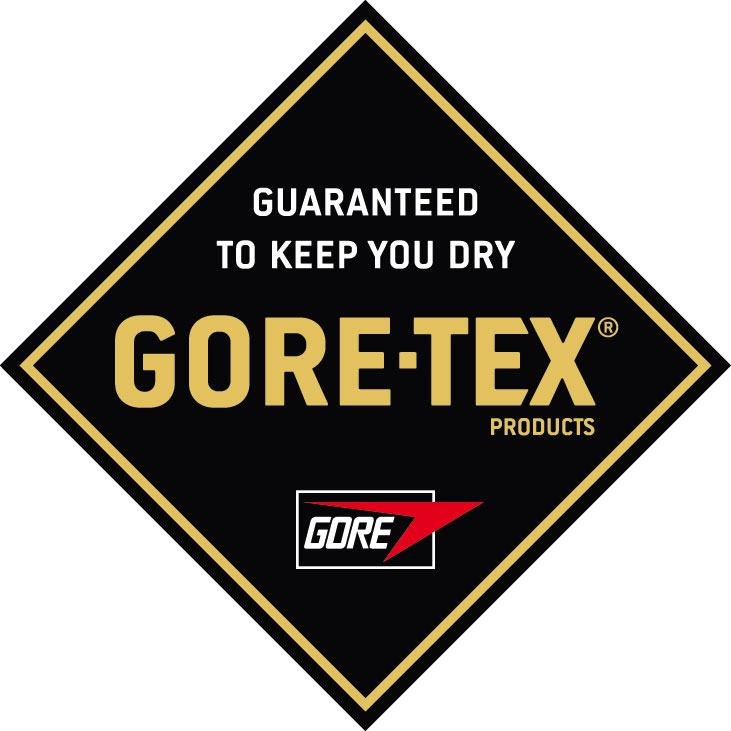
Differentiating the Indifferent
Ingredient branding isn’t just for tech giants or patent holders. Cement company Holcim revolutionised an unremarkable product category by naming their cement types Robusto, Fortico, and Optimo — instead of sticking to alphanumeric product codes.
Initially met with scepticism, this branding strategy shifted the industry conversation. Christian Wengi, Head of Marketing for Switzerland and Italy, recalls:
“When we introduced brand names for our cement products in Switzerland, everyone laughed at us because we were the first to do it. But after a few months, even our competitors’ customers started using our brand names when talking about cement types.”
By naming their products, Holcim shifted the customer experience from purely functional to branded, claiming the narrative in an industry notorious for lack of differentiation.
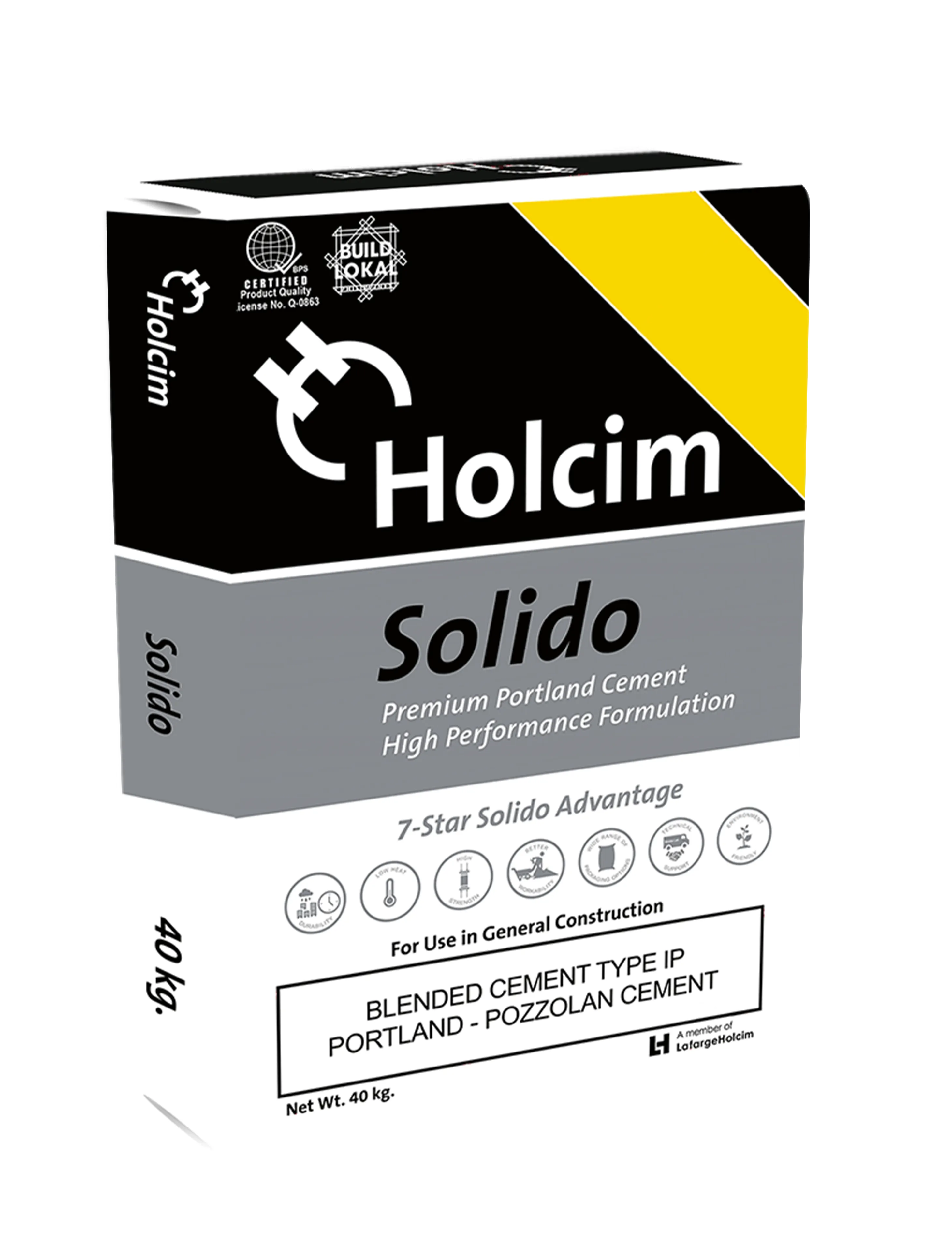
How to Turn Your Product Features into Brand Assets
Many companies, from dry cleaners to engineering firms, can create value through ingredient branding.
The first step is to identify a feature your customers truly care about. Your accounting firm might use recycled paper, but would clients pay more for it? Probably not. A dry cleaner offering "express chemical-free cleaning", however, has a feature worth naming and promoting.
The best ingredient brands combine relevance with memorability. A name should evoke the benefit without overcomplication. Nike doesn’t need a descriptive name. In Greek mythology, Nike is the goddess of victory, but Dri-FIT (its ingredient brand) suggests a fabric capable of keeping athletes’ bodies dry. Nike’s "Dri-FIT" name combines function and aspiration.
A dry cleaner might launch "EcoSpeed" for its fast, eco-friendly service. An engine manufacturer could brand its lightweight motors as "LightPro Technology" to signal performance and efficiency.
Once you have found your ingredient brand, pair it with a distinct visual identity. A simple, versatile symbol will make the ingredient brand instantly recognisable and integrate seamlessly with your main brand identity.
Finally, secure the name through trademark registration — in Switzerland, with the Swiss Federal Institute of Intellectual Property. It gives you exclusive rights, preventing competitors from copying your branded feature.
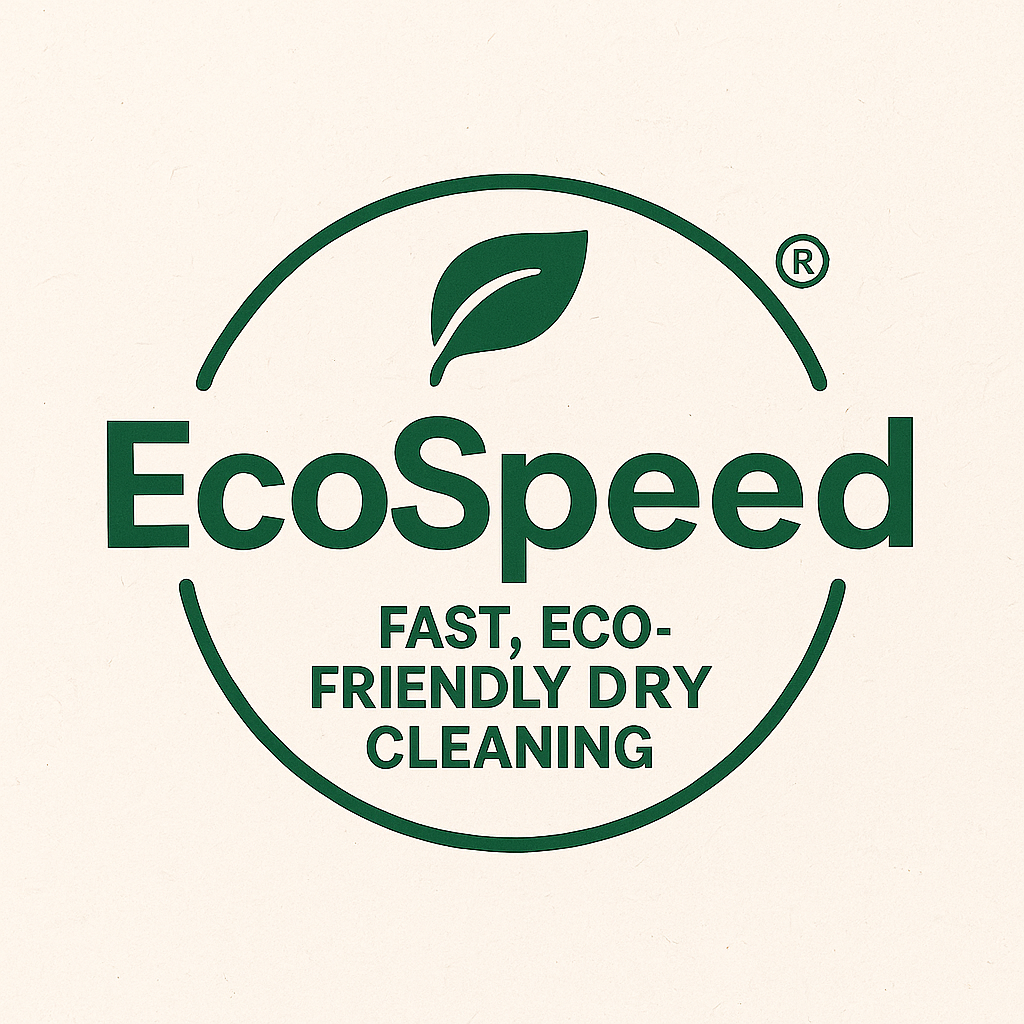
What’s Your Retina?
The most successful brands transform technical features into emotional touchpoints. They use branding, design, and storytelling to turn the ordinary into something distinctive, memorable, and valuable. Whether you’re developing a new service line, enhancing customer experience, or innovating in product design, the right name can be the catalyst that turns a functional detail into a brand asset that lasts for decades.
Ready to Create Your Next Brand Asset?
At Creative Supply, we help businesses with brand strategy, brand positioning, storytelling, and brand design to turn technical features into recognisable brand assets that resonate with customers and build market strength.
👉 Contact us to start building your next brand asset.
How Great Brands Turn Features into Brand Assets

Perception Is Reality
If you own an Apple device — perhaps an iPad, iPhone or iMac — you’re probably familiar with the term "Retina screen". But could you tell its actual pixel density? Most people can’t. And yet, we instinctively associate "Retina" with superior visual clarity. In truth, the resolution on an iPhone is excellent, but not objectively better than that of high-end Samsung smartphones.
This is the genius of ingredient branding. Apple didn’t just sell a technical specification; it transformed a piece of engineering into a brand on its own by giving it a distinctive name. The feature became memorable, marketable, and part of Apple’s brand narrative.

What's Ingredient Branding?
Naming a product feature gives it context, elevates perceived quality, and makes it instantly recognisable. Apple linked "Retina" to the precision of human vision, turning a technical detail into a brand asset.
In marketing, presenting a product or service component as a standalone brand is called ingredient branding.
Nike’s Dri-FIT clothing is a prime example of this. When a feature is branded, it feels unique — even if competitors offer something similar. Nike isn’t the only sportswear company producing sweat-wicking fabric, but "Dri-FIT" owns the category in the minds of many athletes.
Ingredient branding can also extend the lifespan of innovation. While patents expire after 20 years, a trademark can be renewed indefinitely. Gore-Tex, patented in 1970, has long been free for others to replicate technically — yet only one company can use the Gore-Tex name. The trademark has outlived the patent, protecting its market value for decades. In other words, its brand name is virtually everlasting.

Differentiating the Indifferent
Ingredient branding isn’t just for tech giants or patent holders. Cement company Holcim revolutionised an unremarkable product category by naming their cement types Robusto, Fortico, and Optimo — instead of sticking to alphanumeric product codes.
Initially met with scepticism, this branding strategy shifted the industry conversation. Christian Wengi, Head of Marketing for Switzerland and Italy, recalls:
“When we introduced brand names for our cement products in Switzerland, everyone laughed at us because we were the first to do it. But after a few months, even our competitors’ customers started using our brand names when talking about cement types.”
By naming their products, Holcim shifted the customer experience from purely functional to branded, claiming the narrative in an industry notorious for lack of differentiation.

How to Turn Your Product Features into Brand Assets
Many companies, from dry cleaners to engineering firms, can create value through ingredient branding.
The first step is to identify a feature your customers truly care about. Your accounting firm might use recycled paper, but would clients pay more for it? Probably not. A dry cleaner offering "express chemical-free cleaning", however, has a feature worth naming and promoting.
The best ingredient brands combine relevance with memorability. A name should evoke the benefit without overcomplication. Nike doesn’t need a descriptive name. In Greek mythology, Nike is the goddess of victory, but Dri-FIT (its ingredient brand) suggests a fabric capable of keeping athletes’ bodies dry. Nike’s "Dri-FIT" name combines function and aspiration.
A dry cleaner might launch "EcoSpeed" for its fast, eco-friendly service. An engine manufacturer could brand its lightweight motors as "LightPro Technology" to signal performance and efficiency.
Once you have found your ingredient brand, pair it with a distinct visual identity. A simple, versatile symbol will make the ingredient brand instantly recognisable and integrate seamlessly with your main brand identity.
Finally, secure the name through trademark registration — in Switzerland, with the Swiss Federal Institute of Intellectual Property. It gives you exclusive rights, preventing competitors from copying your branded feature.

What’s Your Retina?
The most successful brands transform technical features into emotional touchpoints. They use branding, design, and storytelling to turn the ordinary into something distinctive, memorable, and valuable. Whether you’re developing a new service line, enhancing customer experience, or innovating in product design, the right name can be the catalyst that turns a functional detail into a brand asset that lasts for decades.
Ready to Create Your Next Brand Asset?
At Creative Supply, we help businesses with brand strategy, brand positioning, storytelling, and brand design to turn technical features into recognisable brand assets that resonate with customers and build market strength.
👉 Contact us to start building your next brand asset.


How Great Brands Turn Features into Brand Assets
From Apple’s Retina screens to Nike’s Dri-FIT apparel, discover how the power of a name boosts the perceived value and notoriety of a product.
Perception Is Reality
If you own an Apple device — perhaps an iPad, iPhone or iMac — you’re probably familiar with the term "Retina screen". But could you tell its actual pixel density? Most people can’t. And yet, we instinctively associate "Retina" with superior visual clarity. In truth, the resolution on an iPhone is excellent, but not objectively better than that of high-end Samsung smartphones.
This is the genius of ingredient branding. Apple didn’t just sell a technical specification; it transformed a piece of engineering into a brand on its own by giving it a distinctive name. The feature became memorable, marketable, and part of Apple’s brand narrative.

What's Ingredient Branding?
Naming a product feature gives it context, elevates perceived quality, and makes it instantly recognisable. Apple linked "Retina" to the precision of human vision, turning a technical detail into a brand asset.
In marketing, presenting a product or service component as a standalone brand is called ingredient branding.
Nike’s Dri-FIT clothing is a prime example of this. When a feature is branded, it feels unique — even if competitors offer something similar. Nike isn’t the only sportswear company producing sweat-wicking fabric, but "Dri-FIT" owns the category in the minds of many athletes.
Ingredient branding can also extend the lifespan of innovation. While patents expire after 20 years, a trademark can be renewed indefinitely. Gore-Tex, patented in 1970, has long been free for others to replicate technically — yet only one company can use the Gore-Tex name. The trademark has outlived the patent, protecting its market value for decades. In other words, its brand name is virtually everlasting.

Differentiating the Indifferent
Ingredient branding isn’t just for tech giants or patent holders. Cement company Holcim revolutionised an unremarkable product category by naming their cement types Robusto, Fortico, and Optimo — instead of sticking to alphanumeric product codes.
Initially met with scepticism, this branding strategy shifted the industry conversation. Christian Wengi, Head of Marketing for Switzerland and Italy, recalls:
“When we introduced brand names for our cement products in Switzerland, everyone laughed at us because we were the first to do it. But after a few months, even our competitors’ customers started using our brand names when talking about cement types.”
By naming their products, Holcim shifted the customer experience from purely functional to branded, claiming the narrative in an industry notorious for lack of differentiation.

How to Turn Your Product Features into Brand Assets
Many companies, from dry cleaners to engineering firms, can create value through ingredient branding.
The first step is to identify a feature your customers truly care about. Your accounting firm might use recycled paper, but would clients pay more for it? Probably not. A dry cleaner offering "express chemical-free cleaning", however, has a feature worth naming and promoting.
The best ingredient brands combine relevance with memorability. A name should evoke the benefit without overcomplication. Nike doesn’t need a descriptive name. In Greek mythology, Nike is the goddess of victory, but Dri-FIT (its ingredient brand) suggests a fabric capable of keeping athletes’ bodies dry. Nike’s "Dri-FIT" name combines function and aspiration.
A dry cleaner might launch "EcoSpeed" for its fast, eco-friendly service. An engine manufacturer could brand its lightweight motors as "LightPro Technology" to signal performance and efficiency.
Once you have found your ingredient brand, pair it with a distinct visual identity. A simple, versatile symbol will make the ingredient brand instantly recognisable and integrate seamlessly with your main brand identity.
Finally, secure the name through trademark registration — in Switzerland, with the Swiss Federal Institute of Intellectual Property. It gives you exclusive rights, preventing competitors from copying your branded feature.

What’s Your Retina?
The most successful brands transform technical features into emotional touchpoints. They use branding, design, and storytelling to turn the ordinary into something distinctive, memorable, and valuable. Whether you’re developing a new service line, enhancing customer experience, or innovating in product design, the right name can be the catalyst that turns a functional detail into a brand asset that lasts for decades.
Ready to Create Your Next Brand Asset?
At Creative Supply, we help businesses with brand strategy, brand positioning, storytelling, and brand design to turn technical features into recognisable brand assets that resonate with customers and build market strength.
👉 Contact us to start building your next brand asset.
